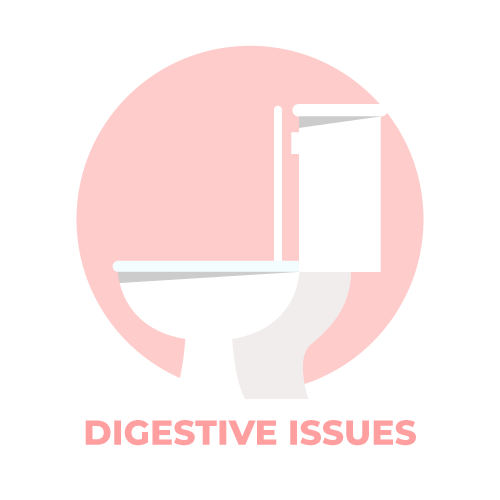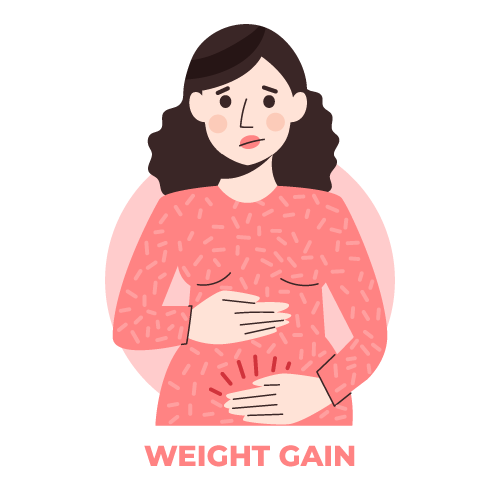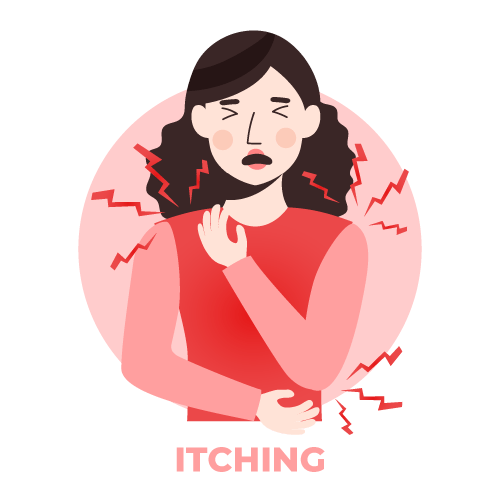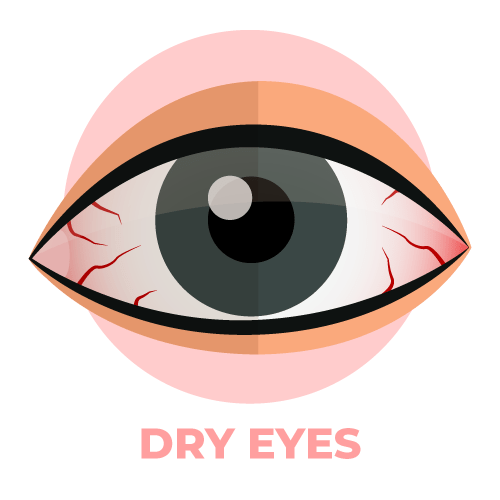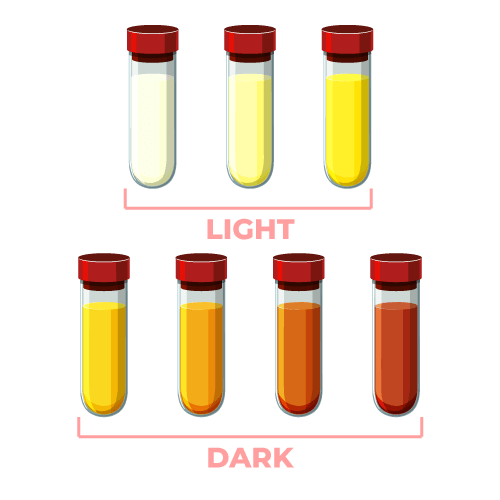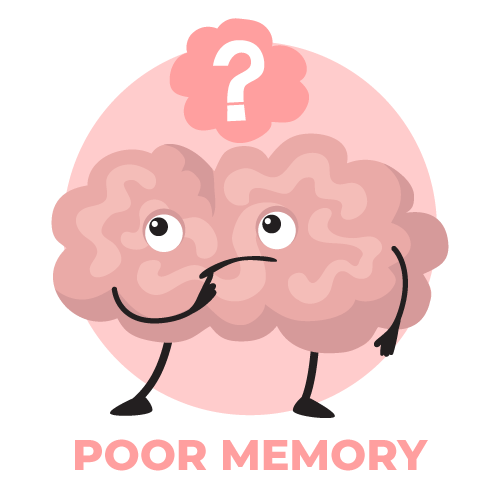How healthy is your liver?
The liver is the body's detoxification center - find out if your liver needs some help!
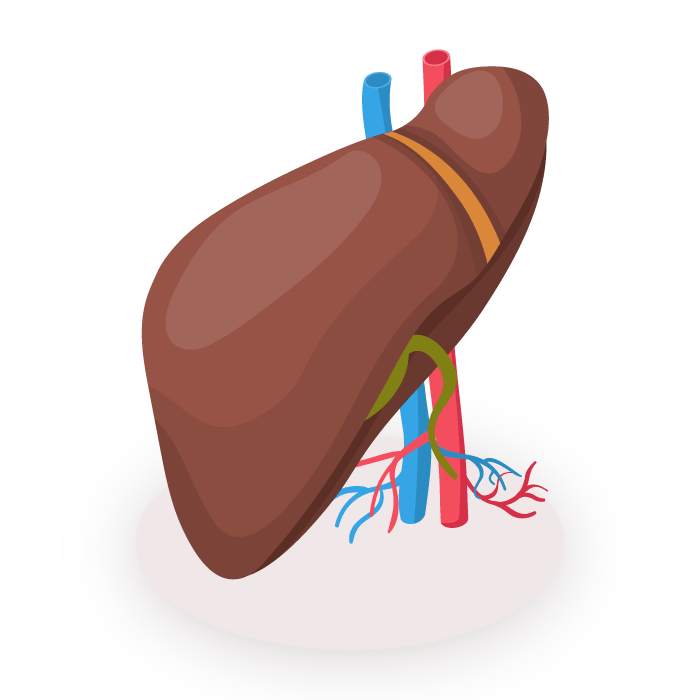 Start Quiz
Start Quiz
5 Signs of a bad liver
#1 Fluid Retention
We need to address individual circumstances! Cirrhosis, a condition in which scar tissue replaces healthy liver tissue, is the most prevalent symptom of liver illness, occurring in 50% of people. Fluid accumulation can cause distension in the belly and swelling in the legs.
This occurs when your liver veins have high blood pressure or your liver is unable to produce albumin, a protein that keeps blood from leaking into tissue.
Tip: A low-sodium diet, which may help with mild fluid retention. Your doctor may prescribe medications such as diuretics, also known as "water pills" which are intended for moderate-to-severe retention. You can always trust them to provide medical advice you can count on.
#2 Jaundice
Darker urine and a yellowish tinge to the skin or the whites of your eyes are symptoms of this illness. Bilirubin, a pigment formed when red blood cells break down, builds up in your system, causing it to look. Additionally, bilirubin is absorbed and converted into bile by a healthy liver. Your body subsequently excretes it through your feces.
Tip: This is a significant indicator of liver failure. Your doctor may recommend a liver transplant if you have jaundice.
#3 Bleeding
The portal vein is where around 25% of your blood is cycled by your liver. Cirrhosis, on the other hand, allows for bleeding. You might vomit blood, have blood in your feces, or experience rectal bleeding.
The flow through the liver is usually like traveling on a high-speed freeway – it's really fast. However, when you have cirrhosis, that motorway becomes a bumpy road or a major traffic bottleneck due to scarring. As a result, the blood seeks out deviations.
These detours cause your spleen to expand as it tries to alleviate the congestion. In your stomach and esophagus, varicose veins can form, and these dilated veins can readily bleed.
Clotting proteins are produced by a healthy liver. However, a sick liver is unable to do so, resulting in further hemorrhage. Platelets are collected from your bloodstream by an enlarged spleen. You're more prone to nosebleeds and bleeding gums if your platelet count is low.
Tip: If you're vomiting blood, go to the nearest emergency room right away. An upper endoscopy will be used to evaluate and control your bleeding.
#4 Disorientation
Toxins may get to your brain if your liver is unable to filter them. Hepatic encephalopathy, the ensuing condition, can induce disorientation, memory issues, lethargy, and coma.
Tip: The laxative lactulose is the conventional treatment. It clings to toxins in your colon and flushes them out to detox them, preventing them from entering your circulation.
What are the characteristics of liver disease?
#1 Jaundice
Due to excessively high levels of bilirubin (bile pigment) in the bloodstream, jaundice causes a yellow coloring of the skin (the largest organ in the body) and whites of the eyes (yellow pigment). Because bilirubin is eliminated through the kidneys, urine is usually black. High bilirubin levels can be caused by inflammation, various anomalies of the liver cells, or bile duct blockage.
This liver disease consists of the breakdown of a significant number of red blood cells, which could also happen in infants, and can sometimes produce jaundice. Jaundice is often the first and in some cases the only, symptom of liver illness.
#2 Cholestasis
Any situation in which bile circulation is decreased or interrupted is referred to as cholestasis. Bile is referred to as "chole," while "stasis" is defined as "not circulating." On the other hand, bile flow can be obstructed within the liver, from the outside of the liver, or both. This is a result of not maintaining a healthy diet which puts you at risk for liver damage. Also, you can possibly get alcoholic cirrhosis as a result of this.
#3 Liver Inflammation
Although there are normally no symptoms associated with a slightly swollen liver, it is usually an indicator of liver disease (hepatomegaly). Abdominal discomfort or a "full feeling" are signs of a highly enlarged liver, severe liver damage. This is a result of alcohol-related liver disease and causes liver injury.
#4 Portal Hypertension
High blood pressure in the portal vein, which carries blood from the intestine and spleen to the liver, is known as portal hypertension. Increased blood pressure in the portal blood arteries or restriction to blood flow through the liver may cause portal hypertension.
Portal hypertension can cause the formation of new blood arteries (called collaterals) that bypass the liver and connect blood flow from the intestine to the systemic circulation. When this happens, chemicals that would typically be eliminated by the liver end up in the bloodstream.
The following are some of the signs and symptoms of portal hypertension:
- Ascites
- Varicose veins start to appear, which most typically appear near the esophagus's lower end and in the stomach lining, but they can appear everywhere from the mouth to the anus.
#5 Esophageal Varices
Esophageal varices are enlarged blood veins that are susceptible to bleeding within the lower esophagus's walls. They can show up in persons who have advanced liver illness. Portal hypertension, or high blood pressure in the portal vein, can be caused by a damaged liver. The portal vein carries blood to the liver.
Blood tubes termed collateral blood vessels grow as a result of this pressure over time. Under high pressure, these veins serve as pathways for blood to be diverted. These veins dilate and become twisted as a result of the increased pressure.
Also, these vessels are prone to rupture and can eventually reach the lower esophagus and stomach. Vomiting or blood loss traveling via the gastrointestinal tract might result in considerable blood loss as a result of the rupture.
#6 Ascites
Fluid seeps from the surface of the liver and intestine generates ascites, a fluid buildup in the abdomen cavity. Ascites related to liver illness are frequently associated with other symptoms of liver disorder, like portal hypertension. A swollen abdominal cavity can produce irritation and breathlessness, which is a symptom of ascites. Ascites can be caused by a variety of factors, including:
- Cirrhosis of the liver
- Hepatitis caused by alcoholism
- The hepatic vein is obstructed.
- Non-liver illnesses can also cause ascites.
#7 Liver Encephalopathy
The degradation of brain function and harm to the neurological system caused by toxic compounds piling up in the blood, which are typically eliminated by the liver, is known as liver encephalopathy. Hepatic encephalopathy, also known as portal-systemic encephalopathy, hepatic encephalopathy, or hepatic coma, is a type of liver encephalopathy. Also, the hepatic function panel can also be tampered with but at least there is now a hepatitis b vaccine. Now, among the signs and symptoms are:
- Consciousness impairment
- Logical reasoning, personality, and behavior changes
- Mood swings
- Impaired decision-making
- Drowsiness
- Confusion
- Speech and movement are sluggish.
- Disorientation
- Consciousness loss
- Coma
- Convulsions
- Tremors or muscle stiffness
- A movement that is out of control
"Is My Liver Healthy?" Take The Liver Health Quiz To Find Out Now!
Start QuizDo you feel fatigued more often than you'd like?
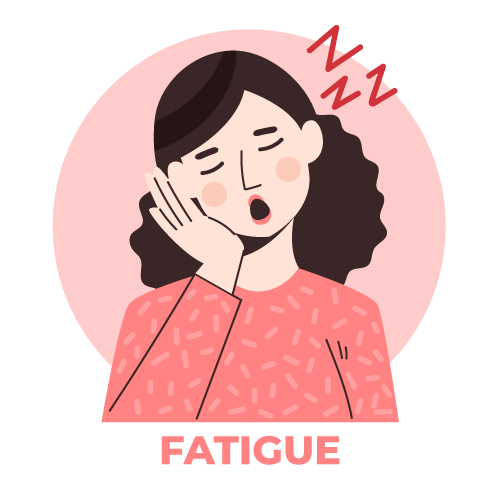
1/8
Enter your name and email to see your results!
(plus get 10% off AlphaCleanse - our #1 natural detox & liver solution)
Your privacy is protected. We will never spam, sell, or rent your emails. You can unsubscribe at any time, and your email will be permanently removed from our database. Please feel safe to use your primary email address to see your quiz results and receive exclusive discounts!
Liver Quiz: Your Results
(10% Coupon Code Below)
Thank you for taking our liver quiz!
The questions you've just answered serve as a measure of general liver function.
When liver function declines, certain symptoms arise. This includes weight gain, itching, poor memory, darker urine, fatigue, and even bloating.
No More Bloating, Weight Gain, and Itching?
Easy - Just 2 Capsules A Day!
Based on your quiz results, we highly recommend our all-natural, detoxifying and liver support solution - AlphaCleanse.
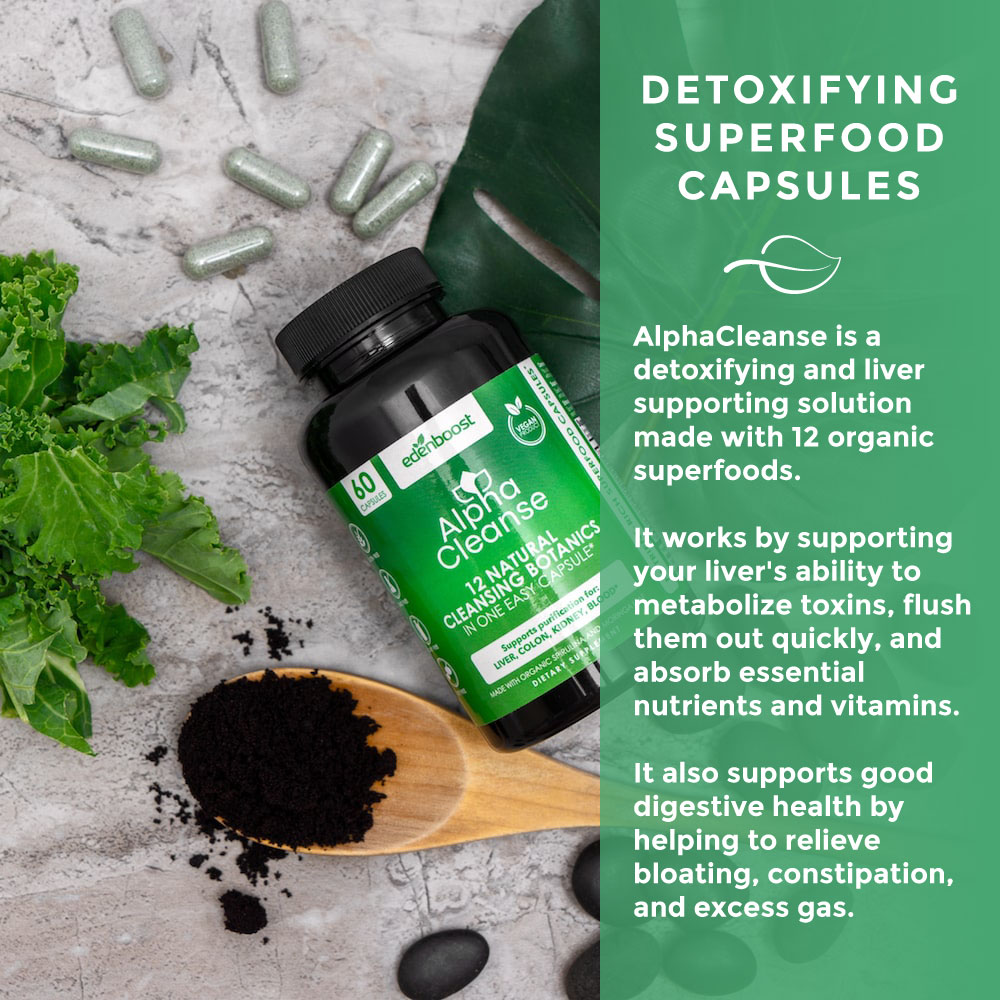


Try AlphaCleanse Today And Enjoy 10% OFF With This Coupon:
QUIZ10
AlphaCleanse is a completely natural detox solution that contains 12 organic superfoods, and has helped thousands of women (and men) across the country to effortlessly enjoy:
1. Healthy liver enzyme levels
2. Slimmer waistlines
3. Less bloating
4. More comfortable digestion
5. Higher quality sleep
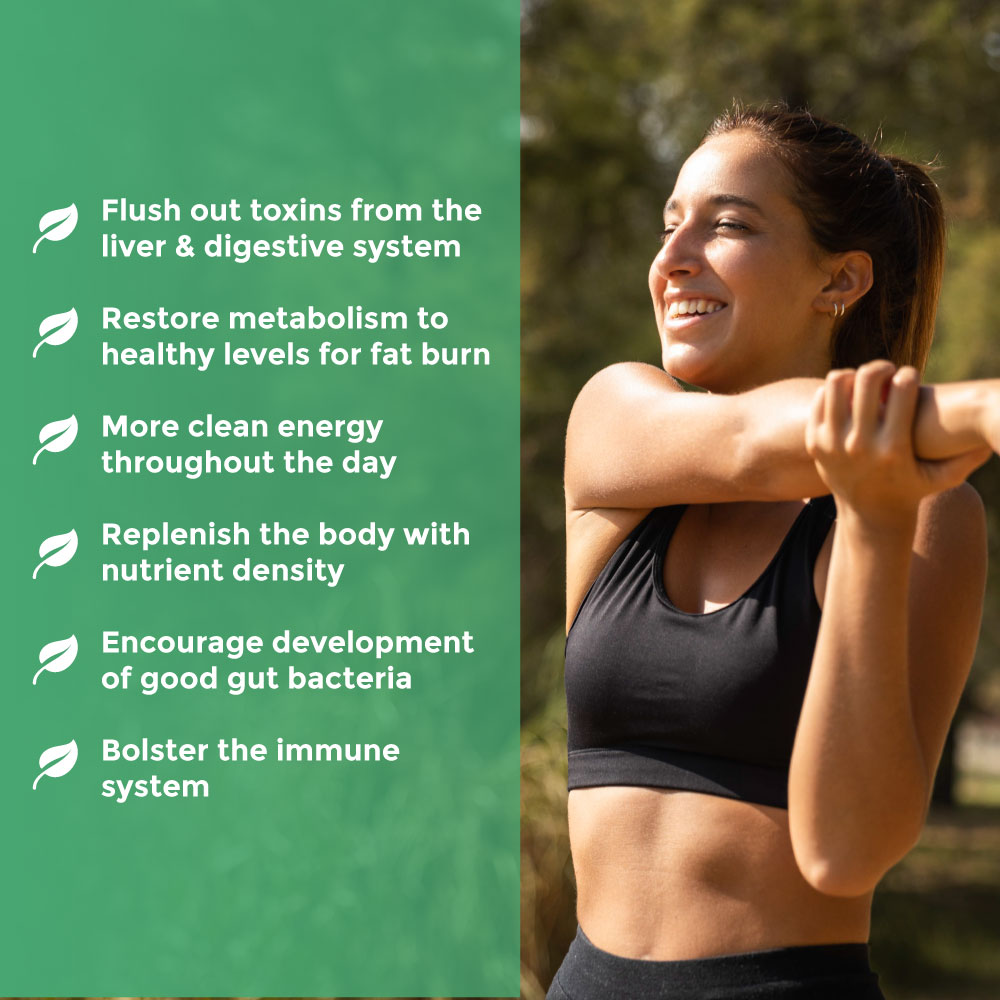
With numerous 5-star reviews, AlphaCleanse is quickly becoming the most popular capsule-based detox and liver support product on the market.
And as a special thanks for taking the quiz, you can enjoy 10% off your first order of AlphaCleanse!
Try AlphaCleanse Today And Enjoy 10% OFF With This Coupon:
QUIZ10

Try AlphaCleanse today and enjoy:
60-Day Moneyback Guarantee
Risk-Free Returns & Tracked Shipping
Free US Shipping (3 Bottles or More)
Free International Shipping (6 Bottles)
QUIZ10


